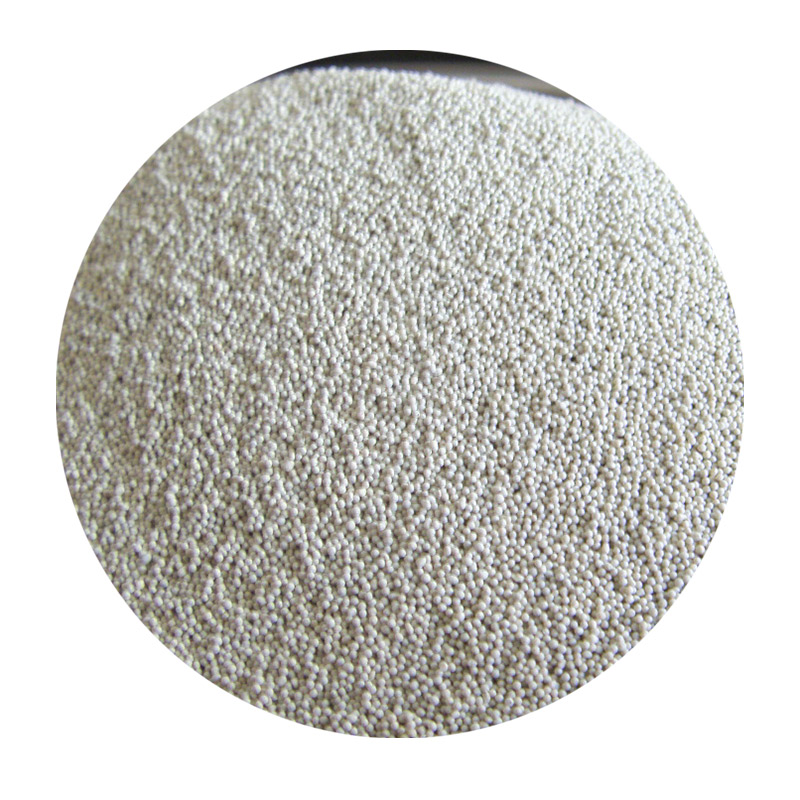Sanding 3D Resin Prints A Comprehensive Guide
3D printing technology has revolutionized the way we create and produce objects across various industries. Among the array of 3D printing methods, resin printing has gained significant traction due to its ability to produce high-resolution prints with intricate details and smooth finishes. However, even the finest resin prints may require post-processing to achieve the desired aesthetic and functional qualities. One of the most common post-processing techniques is sanding. In this article, we’ll delve into the importance of sanding 3D resin prints, the techniques involved, and best practices for achieving optimal results.
Why Sanding is Important
After a resin print is cured and removed from the printer, it often exhibits some artifacts from the printing process, such as layer lines, rough surfaces, and support structures. These imperfections can impact both the appearance and mechanical properties of the final product. Sanding helps to smooth out these inconsistencies, allowing for a more polished and professional look.
Moreover, sanding can enhance the adhesion of paint or other finishes applied to the surface of the print. A rough texture can prevent paint from adhering properly, leading to peeling or an uneven finish. By sanding your resin prints, you create a surface that promotes better bonding with subsequent coatings, resulting in a more durable and aesthetically pleasing final product.
Techniques for Sanding Resin Prints
1. Choosing the Right Tools When it comes to sanding 3D resin prints, using the right tools is crucial. Begin with sandpaper that varies in grit, typically ranging from coarse (around 80-100 grit) to fine (400 grit or higher). The coarse grit is used for initial sanding to remove major imperfections, while finer grit is used for finishing touches.
2. Wet vs. Dry Sanding Both wet and dry sanding techniques can be employed, but wet sanding is often recommended for resin prints. Wet sanding involves using water alongside the sandpaper, which helps reduce dust, minimizes heat build-up, and prevents the resin from clogging the sandpaper. This method also promotes a smoother finish.
3. Sanding in Stages Start with coarse sandpaper to remove significant flaws, transitioning to finer grits as you progress. This staged approach allows for a gradual smoothing of the surface and reduces the risk of over-sanding, which can compromise detail.
sanding 3d resin prints

4. Sanding Technique Use light, even pressure while sanding. Circular motions or back-and-forth strokes can ensure an even surface. Avoid pressing too hard, as this can create additional scratches or damage the print.
5. Inspecting Regularly Frequent inspection during the sanding process is vital. Check your progress to ensure that you are not sanding away essential details. It’s easy to become absorbed in the process, so regular checks help maintain the integrity of the design.
Best Practices
1. Wear Safety Gear Always wear a dust mask and safety goggles when sanding resin prints. The fine particles generated during sanding can be harmful if inhaled or if they come into contact with your eyes.
2. Limit Heat Exposure Resin can become sensitive to heat, so be mindful of the amount of friction generated during sanding. If you notice that the print begins to feel warm, give it a break to cool down.
3. Clean Up After Sanding After you have completed the sanding process, clean the print thoroughly to remove any dust particles. Rinse with water (if wet sanding) and let it dry completely before applying any paints or finishes.
4. Practice Patience Sanding is a meticulous process that requires patience. Rushing can lead to mistakes and may ruin the print. Take your time to ensure a careful, thorough sanding job.
Conclusion
Sanding 3D resin prints is an essential step in achieving a high-quality finish and enhancing the overall appearance and functionality of your projects. By employing the right techniques and best practices, you can transform your prints from print-ready to display-worthy. Whether for personal projects or professional applications, investing the time in properly sanding your resin prints will yield significant rewards, showcasing your craftsmanship and attention to detail. As you refine your sanding skills, you’ll find yourself producing immaculate prints that fully realize the potential of 3D resin technology.
Post time:Հկտ . 16, 2024 20:20
Next:industrial sand casting
